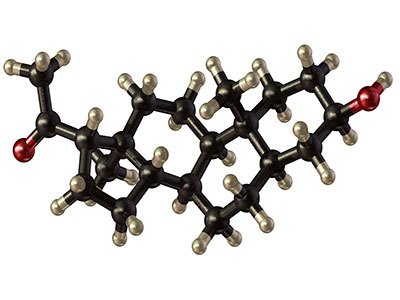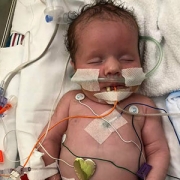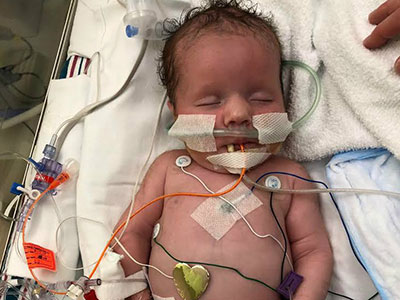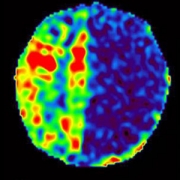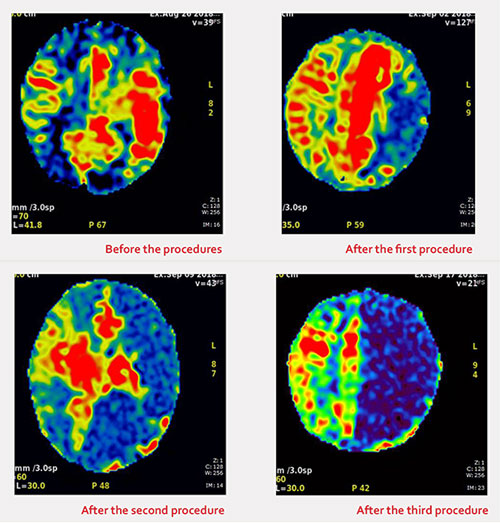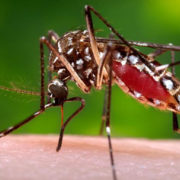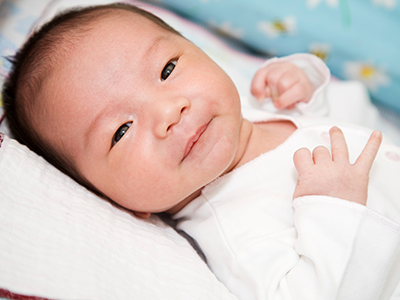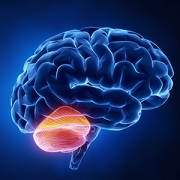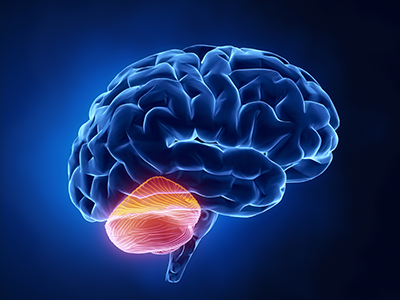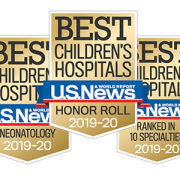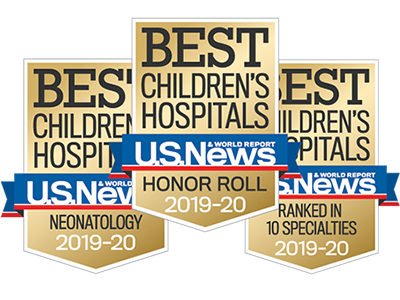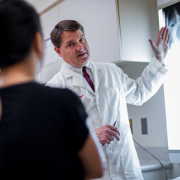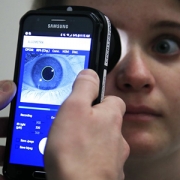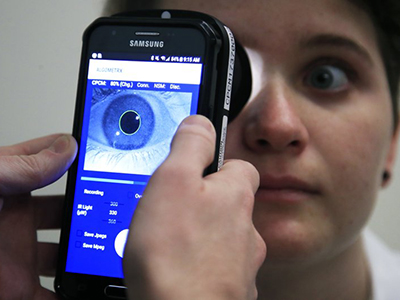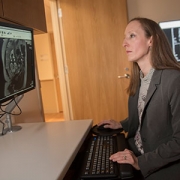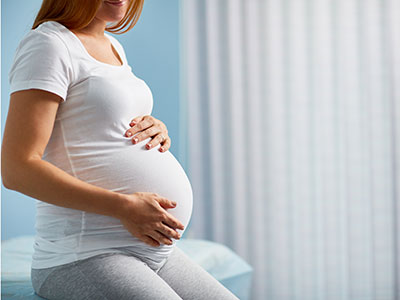Decision support tool reduces unneeded referrals of low-risk patients with chest pain

A simple evidence-based change to standard practice could avert needless referrals of low-risk patients to cardiac specialists, potentially saving nearly $4 million in annual health care spending while also easing worried parents’ minds.
Few events strike more fear in parents than hearing their child’s heart “hurts.”
When primary care pediatricians – who are on the frontline of triaging such distressing doctor visits – access a digital helping hand tucked into the patient’s electronic health record to help them make assessments, they are more likely to refer only the patients whose chest pain is rooted in a cardiac problem to a specialist.
That simple evidence-based change to standard practice could avert needless referrals of low-risk patients to cardiac specialists according to a quality-improvement project presented during the American Academy of Pediatrics (AAP) National Conference and Exhibition. This has the potential to save nearly $4 million in annual health care spending while also easing worried parents’ minds.
“Our decision support tool incorporates the know-how of providers and helps them to accurately capture the type of red flags that point to a cardiac origin for chest pain,” says Ashraf Harahsheh, M.D., FACC, FAAP, pediatric and preventive cardiologist and director of Resident Education in Cardiology at Children’s National Hospital. Those red flags include:
- Abnormal personal medical history
- Chest pain with exertion
- Exertional syncope
- Chest pain that radiates to the back, jaw, left arm or left shoulder
- Chest pain that increases with supine position
- Chest pain temporarily associated with a fever (>38.4°C)
- A worrisome family history, including sudden unexplained death and cardiomyopathy.
“We know that evidence-based tools can be very effective in guiding physician behavior and reducing unnecessary testing and referrals which saves both the health care system in dollars and families in time and anxiety,” Dr. Harahsheh adds.
The abstract builds on a multi-institutional study published in Clinical Pediatrics in 2017 for which Dr. Harahsheh was lead author. More than 620,000 office-based visits (1.3%) to pediatricians in 2012 were for chest pain, he and co-authors wrote at the time. While children often complain of having chest pain, most of the time it is not due to an actual heart problem.
Over recent years, momentum has built for creating an evidence-based approach for determining which children with chest pain to refer to cardiac specialists. In response, the team’s quality-improvement tool, first introduced at two local primary pediatric offices, was expanded to the entire Children’s Pediatricians & Associates network of providers who offer pediatric primary care in Washington, D.C., and Maryland.
One daunting challenge: How to ensure that busy clinicians actually use the tool. To improve adoption, the project team embedded the decision support tool within the patient’s electronic medical record. Now, they seek to make sure the tool gets used by more pediatricians around the country.
“If the chest pain decision support tool/medical red-flags criteria were adopted nationwide, we expect to save a minimum of $3.8 million in health care charges each year,” Dr. Harahsheh says. “That figure is very likely an underestimate of the true potential savings, because we did not calculate the value of lost productivity and other direct costs to families who shuttle from one appointment to the next.”
To ensure the changes stick, the team plans to train fledgling physicians poised to embrace the quality-improvement approach as they first launch their careers, and also look for evangelists within outpatient cardiology and pediatric clinics who can catalyze change.
“These types of quality-improvement projects require a change to the status quo. In order to be successful, we need members of the care team – including frontline clinicians and nurse practitioners – to champion change at the clinic level. With their help, we can continue to refine this tool and move toward nationwide implementation,” he explains.
***
AAP National Conference and Exhibition presentation
Saturday, Oct. 26, 9 a.m. to 2 p.m. (ET)
H2086 Council on Quality Improvement and Patient Safety Program
Saturday, Oct. 26, noon to 1 p.m. (ET)
Poster viewing
“Reducing low-probability cardiology referrals for chest pain from primary care: a quality improvement initiative”
Ashraf Harahsheh, M.D., FACC, FAAP; Ellen Hamburger, M.D.; Lexi Crawford, M.D.; Christina Driskill, MPH, RN, CPN; Anusha Rao, MHSA; Deena Berkowitz, M.D., MPH
***
Additional AAP 2019 activities featuring cardiology faculty at Children’s National Hospital include:
-
- Rohan Kumthekar, M.D., recipient of the “Trainee Pediatric Cardiology Research Award” sponsored by the Children’s Heart Foundation
- “Motion-corrected cardiac MRI limits anesthesia exposure and healthcare costs in children,” Adam B. Christopher, M.D.; Rachel Quinn, M.D.; Sara Zoulfagharian; Andrew Matisoff, M.D.; Russell Cross, M.D.; Adrienne Campbell-Washburn, Ph.D.; Laura Olivieri, M.D.
- “Prevalence of abnormal echocardiograms in healthy, asymptomatic adolescents with Down syndrome,” Sarah B. Clauss, M.D.; Samuel S. Gidding M.D.; Claire I. Cochrane, BA; Rachel Walega, MS; Babette S. Zemel, Ph.D.; Mary E. Pipan, M.D.; Sheela N. Magge, M.D., MSCE; Andrea Kelly, M.D., MSCE; Meryl S. Cohen, M.D.
- “American College of Cardiology body mass index measurement and counseling quality improvement initiative,” Ashraf Harahsheh, M.D., FACC, FAAP; Arash Sabati, M.D., FACC; Jeffrey Anderson, M.D.; Clara Fitzgerald; Kathy Jenkins, M.D., MPH; Carolyn M. Wilhelm, M.D., MS, FACC, FAAP; Roy Jedeikin, M.D. FACC, MBA; Devyani Chowdhury, M.D.






